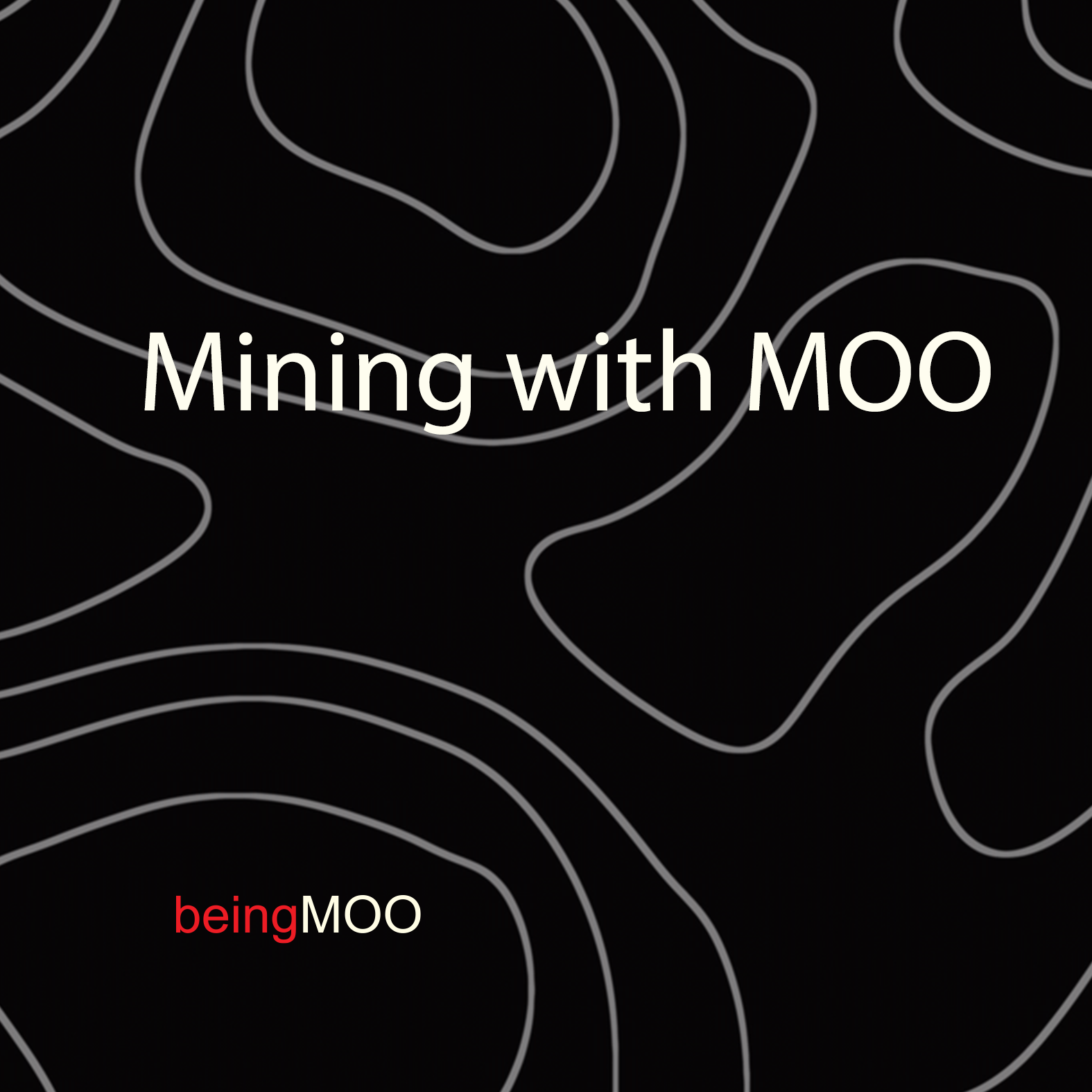Creative Installation Part Two
Navigating the Inner Couple
Music: Found Sounds Nicola, Musical Elements copyright Iron Maiden.
Embracing the Anima and Animus
In the depths of the psyche, Jungian psychology introduces us to the concept of the anima and animus, the archetypal representations of the feminine and masculine within each individual. These powerful symbolic figures, the internal couple, play a profound role in shaping our perceptions, behaviours, and relationships. Yet, understanding and integrating these aspects of the self is not a simple task; it's a journey of self-discovery and transformation that evolves over time.
The anima and animus represent more than just biological gender. They embody a complex interplay of cultural, social, and personal influences, weaving together a tapestry of traits, values, and desires that reside within our unconscious. The anima, as the feminine aspect of the psyche, embodies qualities such as intuition, creativity, nurturing, and receptivity. Conversely, the animus, as the masculine aspect, represents rationality, assertiveness, strength, and independence.
One of the most intriguing aspects of the anima and animus is their dynamic nature. Rather than fixed entities, they are fluid and ever-changing, reflecting the shifting landscape of our inner world. At different stages of life or during various phases of personal growth, we may find ourselves drawn more towards one aspect than the other. This choice to identify with the anima or animus can influence how we perceive ourselves, relate to others, and navigate the world around us.
For example, during times of introspection and inner exploration, we may find ourselves embracing the nurturing and intuitive qualities of the anima, seeking connection with our emotional depths and creative potential. In contrast, during periods of outward action and achievement, we may tap into the assertive and goal-oriented energy of the animus, striving for independence and success in the external world.
However; it's essential to recognize that neither the anima nor animus exists in isolation. They are intrinsically interconnected, forming a dynamic interplay that shapes our sense of wholeness and integration. Just as the anima contains elements of the animus, and vice versa, our journey towards self-realisation involves embracing and integrating both aspects of the psyche.
Moreover, the anima and animus can serve as powerful guides on our path towards individuation, the process of integrating unconscious aspects of the self into conscious awareness. By cultivating a relationship with these internal figures, we gain access to deeper layers of insight, wisdom, and authenticity. Through dreams, fantasies, and creative expression, they communicate profound truths about our innermost desires, fears, and potentials.
In relationships, the anima and animus also play a significant role, influencing our attractions, projections, and conflicts with others. Unconscious dynamics related to gender, power, and intimacy can surface, offering opportunities for growth and healing. By acknowledging and integrating the anima and animus within ourselves, we cultivate greater empathy, understanding, and harmony in our connections with others.
Ultimately, embracing the anima and animus is a journey of self-discovery and transformation, a sacred song, image or dance between the masculine and feminine energies that reside within us all. It's a choice to honour the multifaceted nature of the self and to embark on a journey towards greater wholeness, authenticity, and integration. As we navigate the ever-changing landscape of the inner couple, may we find balance, wisdom, and profound liberation in the embrace of our true selves

